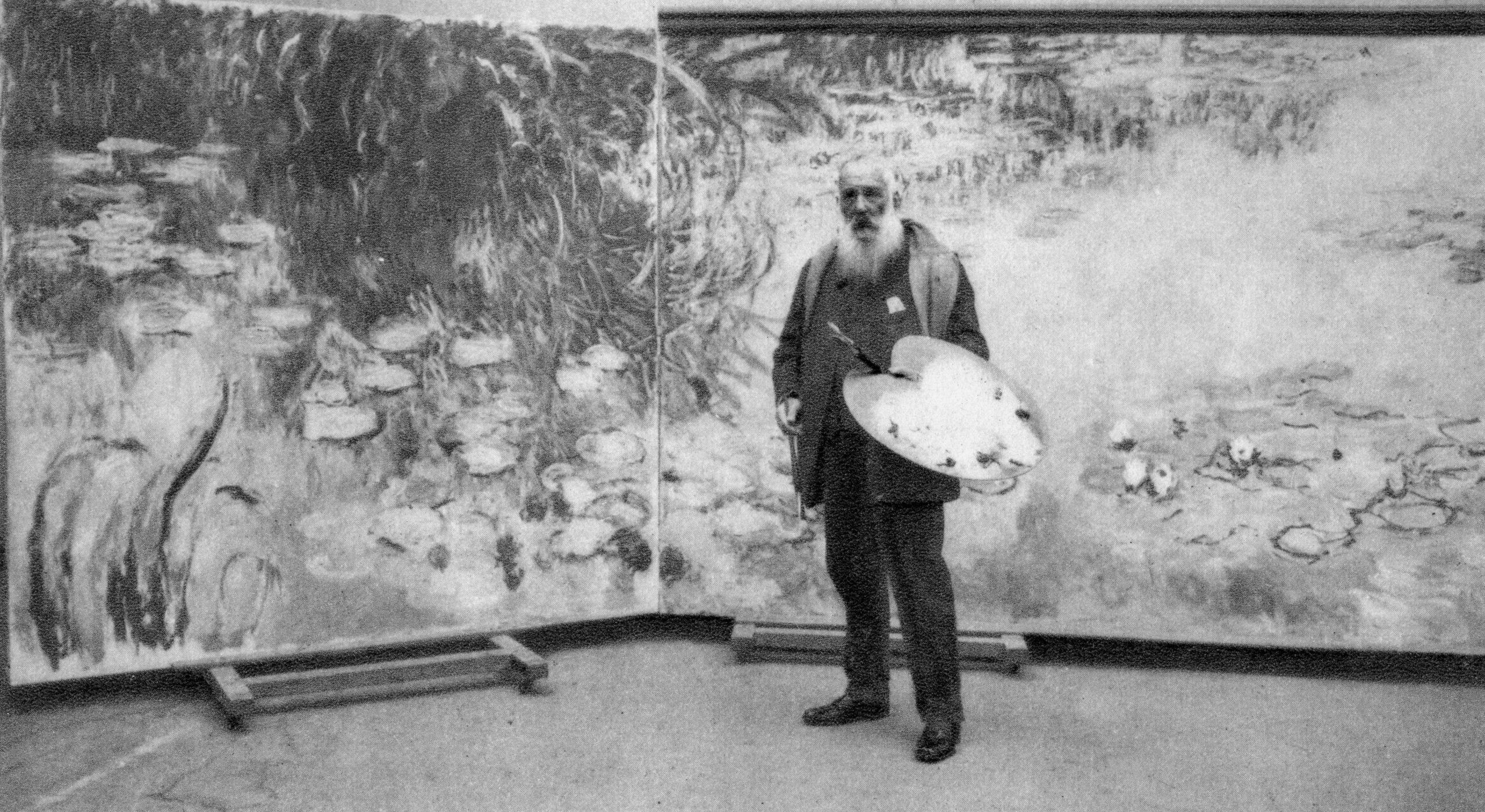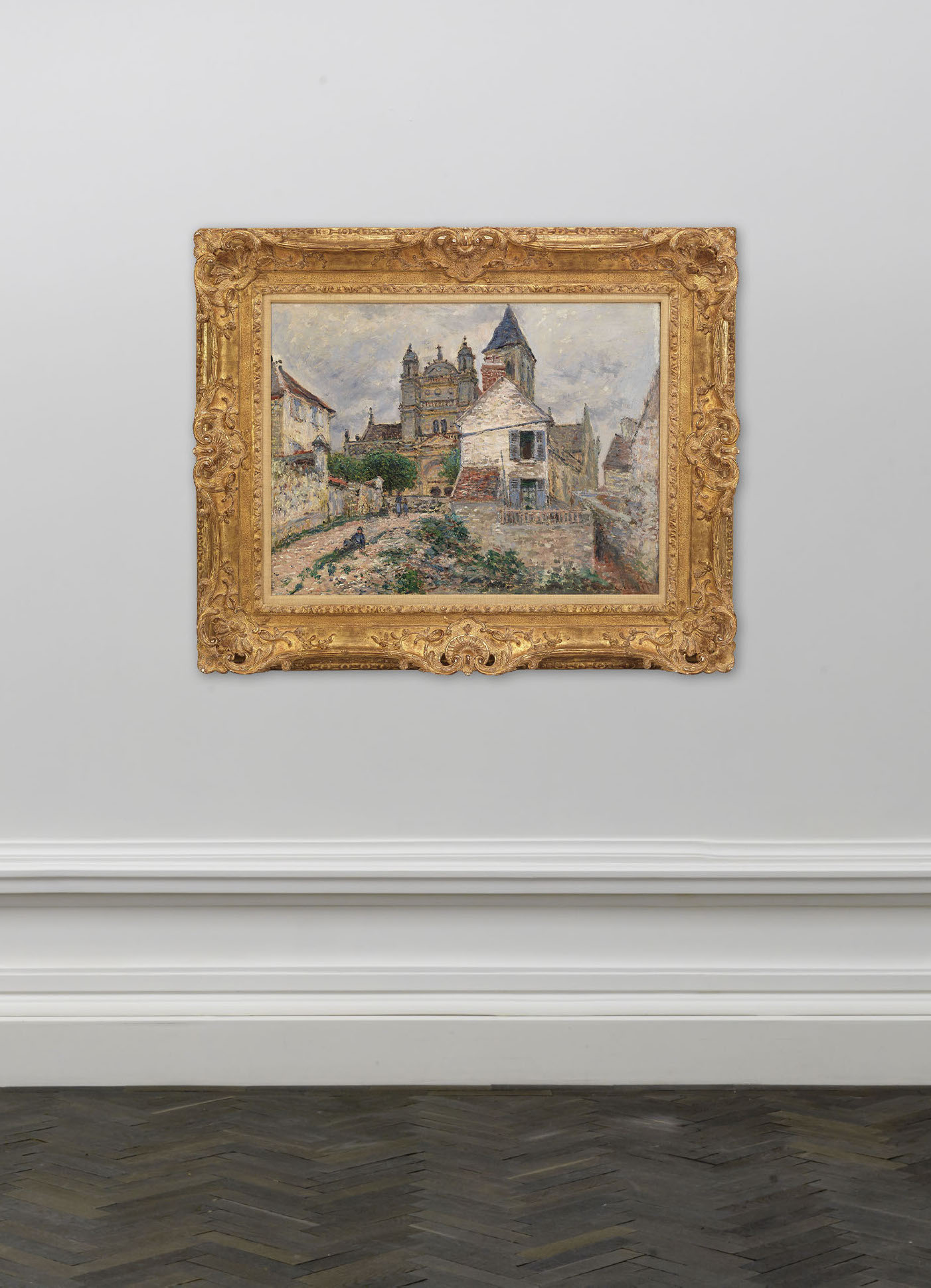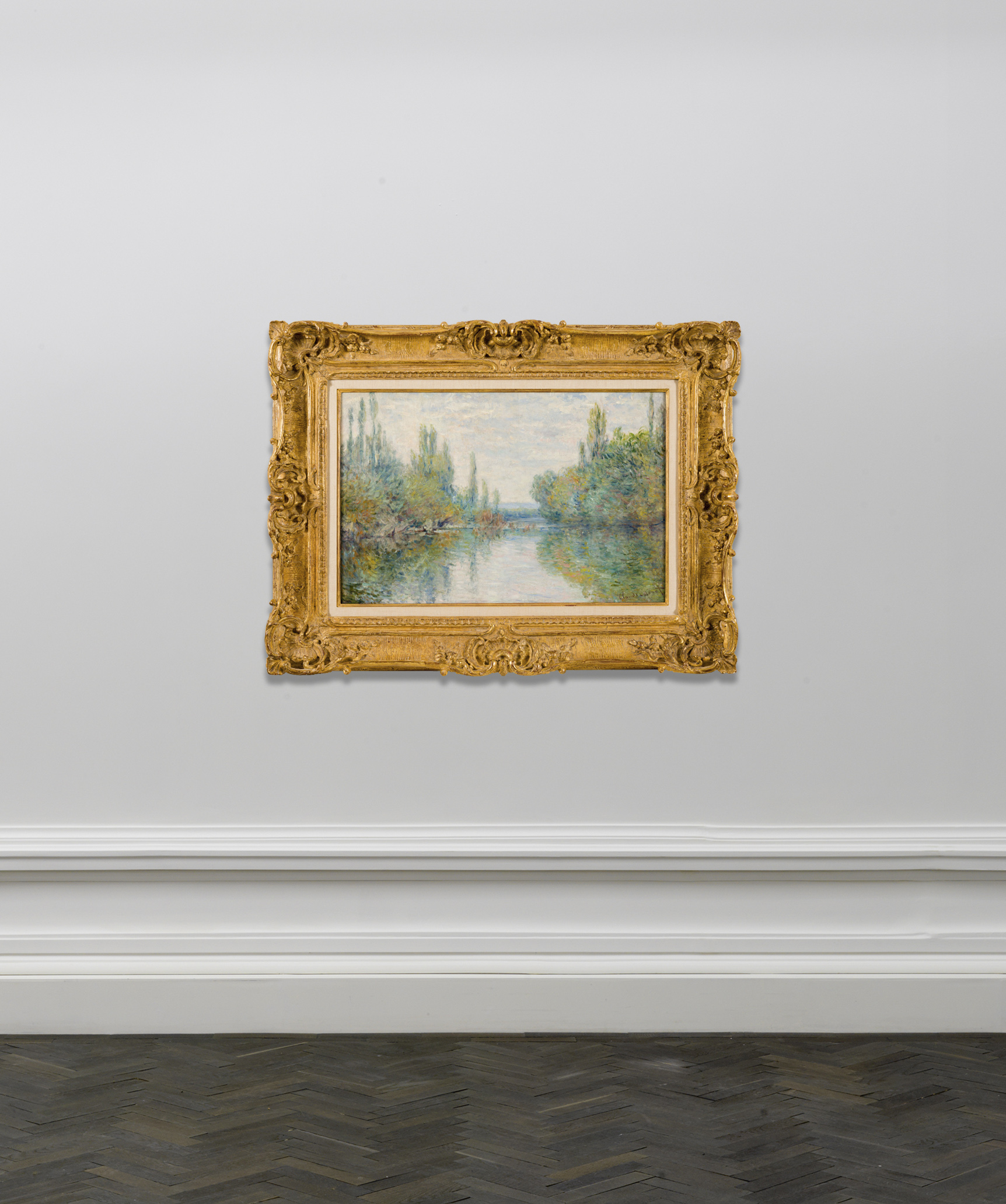From the mid-1860s, Monet had begun to explore the effects of light, painting impressions of what passes briefly before the eye. This new style of painting, influenced greatly by the development of photography and the ever-modernising cityscape of Paris, would alter the course of Western art history forever. From the late 1870s onwards, Monet created his celebrated ‘series’ of paintings, examining the same scene under different lighting and weather conditions, often recording them spontaneously in vivid colour.






